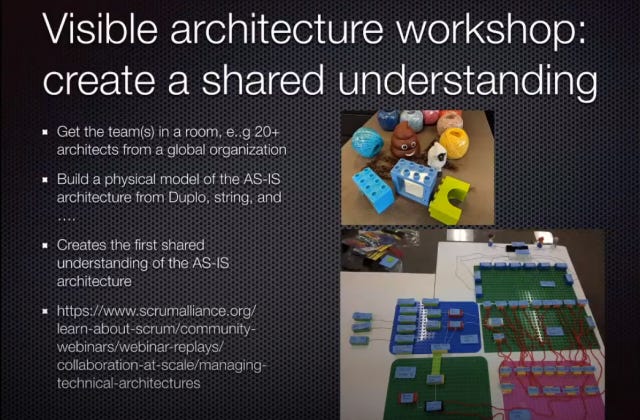Net API Notes for 2020/09/01 - Issue 140
Hey, you. Yeah YOU. Can you believe it is September already? I think I'm as confused as this guy:
Now, onto the notes!
NOTES
SMARTBEAR'S 2020 STATE OF API REPORT
SmartBear, OpenAPI sponsor and creator of SoapUI, released its latest annual report on global API trends.
Compared to past years, the number of survey respondents seems to be down. Despite this, there's still several findings worth calling out:
- The format wars are over. 82% of organizations use the OpenAPI specification to describe their API's intent, up from 69% last year.
- For the second year in a row, standardization remains the top API technology challenge; more than security, scalability, or authentication. (Standardization via community-led governance is something I've worked on for awhile now.) As organizations continue to experiment with all manner of distributed arrangements, this issue becomes acute.
- Sixty-four percent of those surveyed say internal integration between teams, tools, and systems is the primary API growth driver. For them, APIs are less about supporting external entities and more about abstracting internal software complexity behind well-crafted facades. Only 4% of teams reported an 'external-first' mentality. Only 12% to %19 percent of respondents measure their API success by its ability to drive retention and monetization, respectively.
For additional coverage, check out Tyler Charboneau's summary on NordicAPIs.com.
DECOMPOSING THE MONOLITH
Chris Richardson recently presented to the DDD SoCal group. Chris is the author of Microservices Patterns. The recording is now available (I started the video at the 7:22 mark, skipping a laptop crashing; folks should be able to pick up from there.
What I appreciated about the presentation is that the talk was more than yet another redefinition of microservices. Rather, Chris presented timely insights like how Covid-19 is pushing digital transformation agendas in various industries, like shopping. I also appreciated how he links change to processes (lean/devOps/CI-CD) and organization (small, autonomous teams) as well as architecture (microservices).
And, as an #afol, who has run Lego business events, I absolutely loved Chris's visual architecture workshop concept (~ the 35 minute mark). There, Chris uses Lego (or Duplo) and string to physically represent the AS-IS monolith before starting decomposition.

Excellent.
LEGACY ARCHITECTURE MODERATION WITH DDD
Speaking of architecture renovations, Nick Tune has a (relatively) recent post on how to modernize legacy architecture with Domain-Driven Design.
As Nick notes, there are numerous techniques available. And not all tools are appropriate all the time. This is the same conclusion that James Higginbotham and I came to while helping teams earlier this year. Simply having a map of the terrain significantly increases the odds that development teams will be able to traverse it.
Perhaps you won't need every tool on this checklist. And it's work; dashing off post-its may not generate the same sense of initial progress as dashing off some code. However, if you're undertaking a large decomposition process, you have to understand the landscape you're working through.
MILESTONES
- Mulesoft has a new CEO, Brent Hayward. He won the mantle during a bloody tiddlywinks battle (allegedly). He's the 3rd CEO in recent memory and, as they say, third time is the charm?
WRAPPING UP
Netapi.events is a collection of online API events. Check-out, tune-in, and skill-up your API practice. If you see something missing, let me know, and I would be glad to add it. September is looking to be quite the busy month. That concerns me a bit - is anybody else getting Zoom-fatigue? Let me know.
Finally, thank you to the Patreons who support this newsletter.
Till next time,
Matthew @libel_vox and matthewreinbold.com